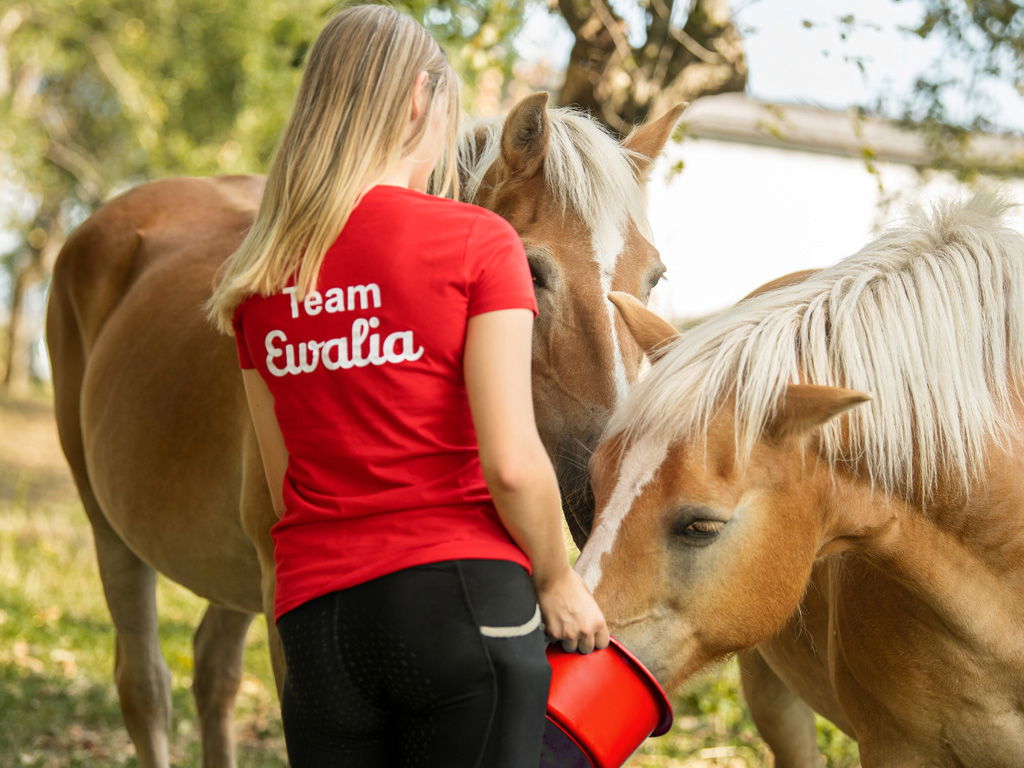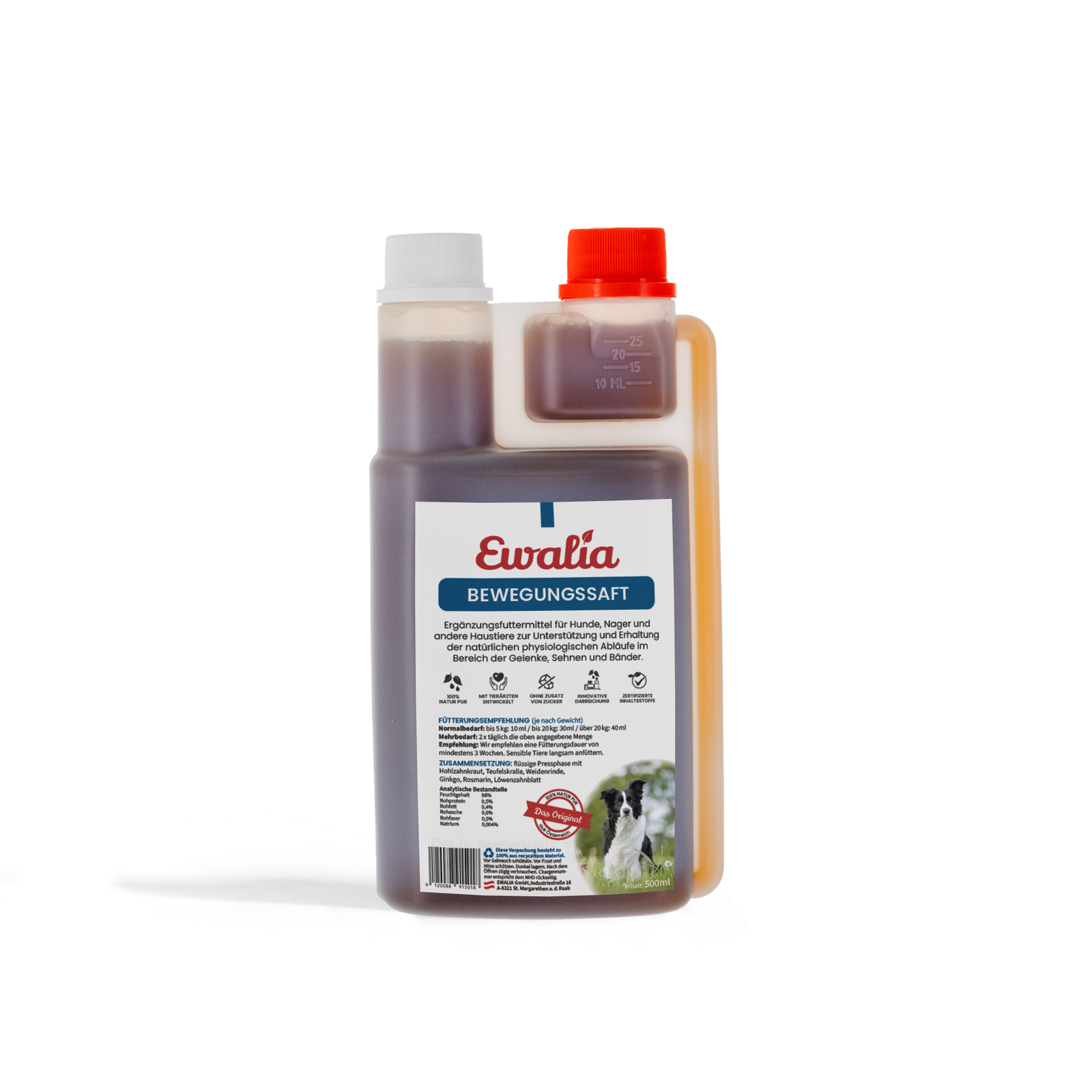Downy hemp-nettle

The downy hemp-nettle was once prized as a miracle medicinal plant for treating lung illnesses. Today this healing herb is all but forgotten. That's why we're so delighted to have the opportunity to tell you about it. Downy hemp-nettle (Galeopsis segetum Neck.) contains harpagide, an anti-inflammatory substance also found in devil’s claw.
Where does downy hemp-nettle come from, and what does it look like?
The downy hemp-nettle is a native plant of Western and Central Europe. It grows in sandy, lime-poor soils, on the edges of crop fields, in gravel and in stone rubble. With its serrated leaves and whorled flowers, downy hemp-nettle bears a resemblance to dead-nettle. The leaf form is similar to that of hemp, which is how the plant got the first part of its name. The plant is an annual and grows to 50 cm in height.
Members of the Lamiaceae family, hemp-nettles get their name from their visual resemblance to stinging nettle, although hemp-nettle plants do not sting. The flowering period begins in July and may continue into autumn, depending on its location. After flowering, the plant puts forth schizocarps in which the seeds ripen.
There are about 10 difference species of hemp-nettle, but the downy hemp-nettle is the species that is mainly used as a medicinal herb.
What is downy hemp-nettle used for?
The above-ground herb (Galeopsis herba) is dried and used mostly as a tea. A juice or extract can be made from the fresh or dried plant. Hemp-nettle has no significance as a culinary herb. It has a faint smell and tastes slightly salty, bitter, and a bit slimy.
Downy hemp-nettle is traditionally used to treat lung illnesses. It was used as far back as antiquity to treat respiratory illnesses; later it was also used for its diuretic and wound-cleansing effects. In the 18th and 19th centuries, it was an ingredient in miracle cures for tuberculosis. Mixes with hemp-nettle were sold on the market as "Blankenheimer Tea" or "Lieber'scher Emaciation Tea" at astronomical prices but proved to be ineffective and eventually banned. After that, the herb fell into obscurity.
Today it is used to treat minor respiratory illnesses. Applied topically, it is said to help chronic skin conditions, although this has not been scientifically proved.
Downy hemp-nettle's anti-inflammatory properties make it a frequent means of treating musculoskeletal disorders.
Which substances account for downy hemp-nettle's effects?
Downy hemp-nettle contains about 5% tannins, which have astringent and anti-inflammatory properties. This explains its popularity in treating wounds. Downy hemp-nettle also contains saponins, which are mucolytic and ensure the loosening of even thick mucus in cold sufferers so that it can be coughed up.
The downy hemp-nettle's particularly valuable active substance is harpagide, an iridoid. These bitter substances protect the plant from predatory herbivores and have antimicrobial and anti-inflammatory effects. Harpagide is thought to be a degradation product of harpagoside, which is responsible for devil's claw's effectiveness in treating painful degenerative joint diseases and shows similar effects. There is evidence that these iridoids protect damaged articular cartilage from further degradation.
The silicic acid in downy hemp-nettle strengthens connective tissue and is easy for horses and dogs to metabolise. Silicic acid supports hair and horn growth as well as cartilage tissue.
What can downy hemp-nettle be used to treat in horses and dogs?
Downy hemp-nettle alleviates pains associated with the musculoskeletal system. It promotes mobility in horses and dogs, and is used to treat stiffness, osteoarthritis, join pain, and tendon diseases.
Side effects: Administering downy hemp-nettle is not known to have side effects. However, prolonged use of herbs that contain bitter substances can cause gastrointestinal ailments.
Sources
- https://www.apotheken.de/alternativmedizin/heilpflanzen/12217-hohlzahn-gelber abgerufen
- Länger, R., & Kubelka, W. (2021). Phytokodex. Von Hohlzahnkraut: https://www.kup.at/db/phyokodex/datenblatt/Hohlzahnkraut.html abgerufen
- Pflanzenfreunde. (2021). Von Hohlzahn - als Heilpflanze verwenden: https://www.pflanzenfreunde.com/heilpflanzen/hohlzahn.htm abgerufen
- Pharmazeutische Zeitung. (31. 03 2007). Von Teufelskralle hat Entzündungen im Griff: https://www.pharmazeutische-zeitung.de/inhalt-14-1997/pharm2-14-1997/ abgerufen
- PTAheute. (2021). Von Hohlzahn - bei leichten Atemwegskatarrhen: https://www.ptaheute.de/apothekenpraxis/heimische-heilpflanzen-im-kurzportrait/hohlzahn-bei-leichten-atemwegskatarrhen/ abgerufen















